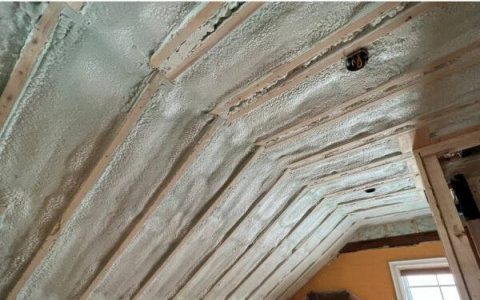Mechanism of Action
Rock salt, primarily sodium chloride (NaCl), acts as a potent herbicide through two primary mechanisms. Firstly, direct contact with plant foliage draws water out of plant cells, leading to desiccation and death. Secondly, when rock salt dissolves into the soil, it significantly increases soil salinity. This high salt concentration creates an osmotic imbalance, preventing plant roots from absorbing water, even when moisture is available, effectively causing the weeds to die of thirst.
Application Methods
Rock salt can be applied to target weeds in several ways:
- Dry Application: Sprinkling rock salt crystals directly onto weeds and the soil immediately surrounding their base. This method is common for spot treatments in areas like pavement cracks or gravel paths. Rainfall or manual watering will then dissolve the salt into the soil.
- Saltwater Solution (Brine): Dissolving rock salt in water (e.g., a common ratio is 1 part salt to 2-3 parts water, or stronger for more stubborn weeds) and then spraying or pouring the solution directly onto the weeds, ensuring coverage of foliage and the soil around the roots. This method allows for quicker absorption.
Effectiveness and Considerations
Rock salt is highly effective at killing most types of weeds and unwanted vegetation due to its dehydrating and soil-sterilizing properties. However, its use comes with significant considerations:

- Non-Selectivity: Rock salt is a non-selective herbicide; it will kill or severely damage any plant it comes into contact with, not just the targeted weeds. It is therefore unsuitable for use in lawns or garden beds where desirable plants are growing.
- Soil Sterility: The accumulation of salt in the soil can render it sterile for months or even years, preventing future plant growth. This makes it a long-term solution primarily for areas where no vegetation is ever desired.
- Persistence in Soil: Salt does not break down quickly and can persist in the soil, negatively impacting soil structure and its ability to support plant life over extended periods.
Precautions and Environmental Impact
Extreme caution is advised when using rock salt as a weed killer due to its potential downsides:
- Protect Desirable Plants: Ensure rock salt or saltwater runoff does not reach lawns, garden beds, or the root zones of trees and shrubs, as it can cause severe damage or kill them.
- Long-Term Soil Damage: Repeated or heavy applications can lead to significant soil degradation, compacting soil, and making it inhospitable for future plant growth.
- Runoff Concerns: Salt-laden runoff can contaminate nearby water sources and negatively affect aquatic ecosystems. Avoid application before heavy rainfall or on sloped areas where runoff is likely.
- Corrosion: Rock salt can be corrosive to metal surfaces and may damage concrete, asphalt, or paving stones over time with repeated exposure.
Due to its potent and persistent nature, rock salt is best reserved for areas where complete and long-term vegetation control is the objective, such as cracks in driveways, patios, walkways, along fence lines (well away from other plants), or in gravel areas where no plant growth is wanted.










